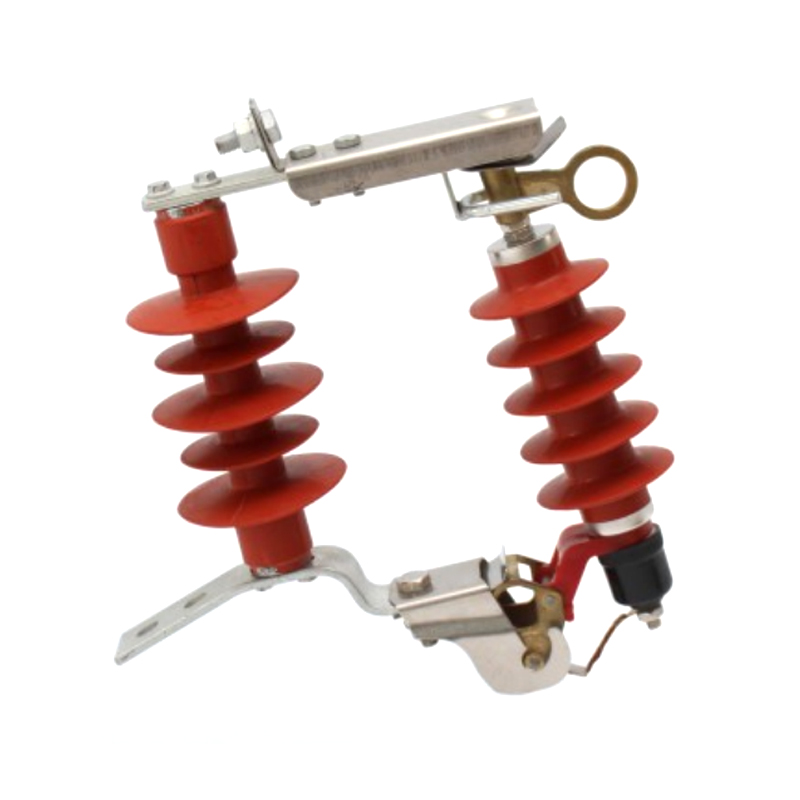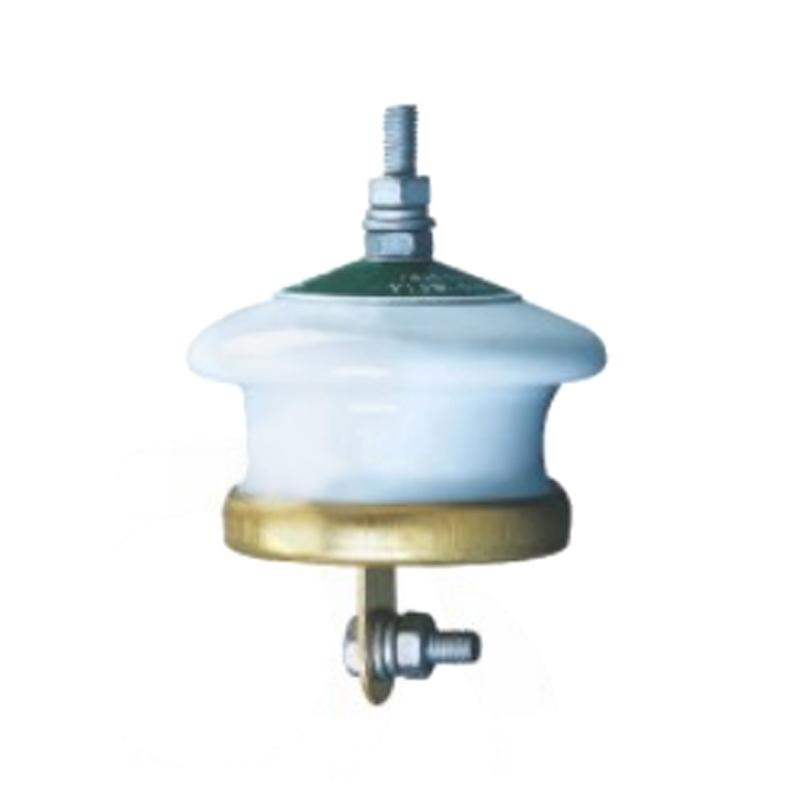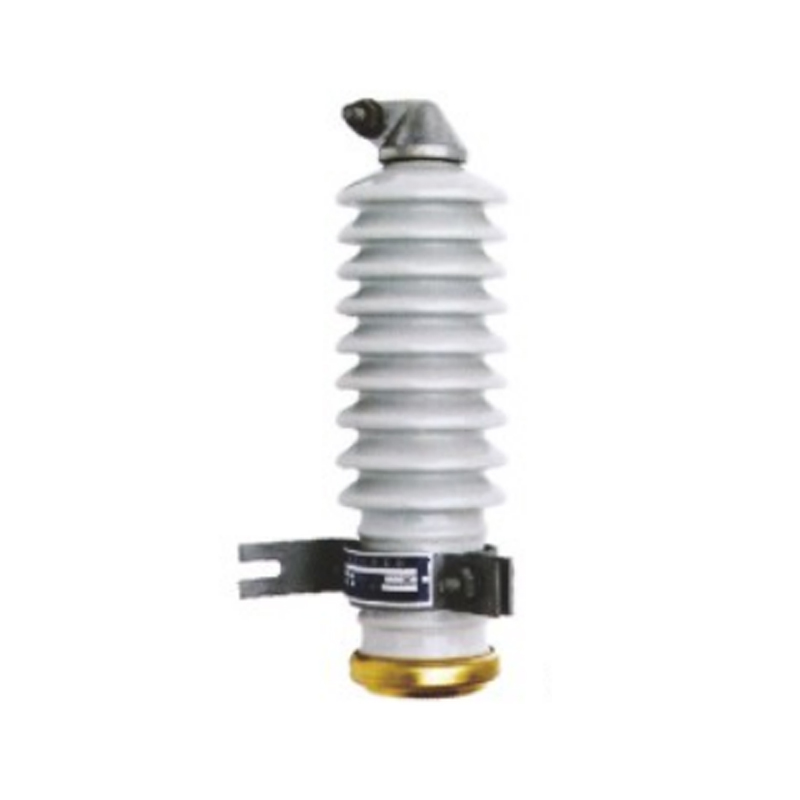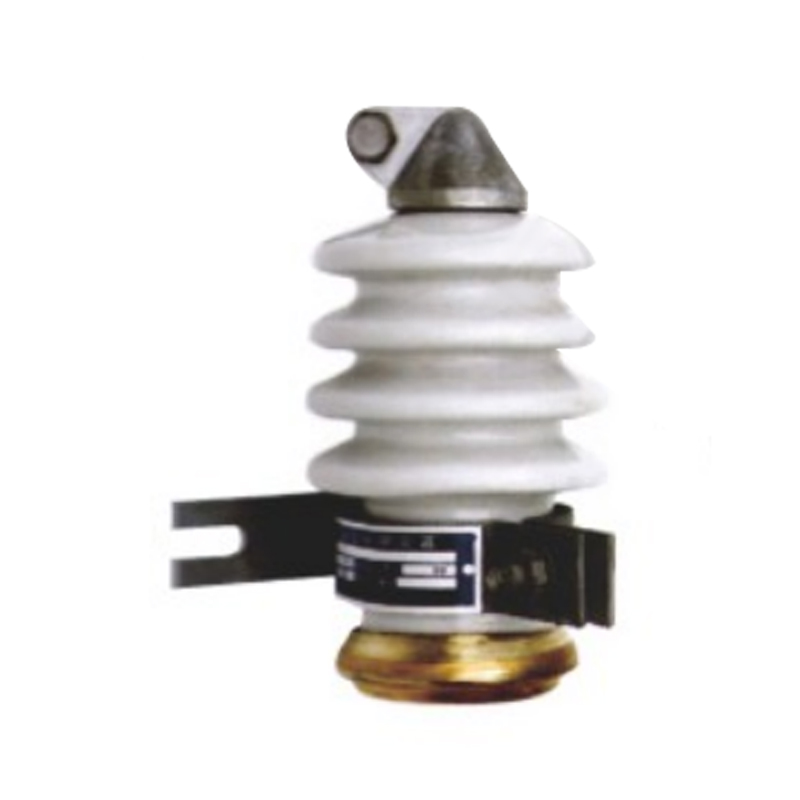Modular design
◆Isolated or non-isolated modules of different power levels are optional
◆AC/DC, DC/DC unidirectional or bidirectional conversion modules are optional
◆MPPT modules are optional for photovoltaic access
◆STS modules are optional for on-grid and off-grid switching
Safe and reliable
◆The protection level of the battery cabinet is IP55, and the power cabinet is IP54
◆The 4-level fire protection system provides protection for the safe and stable operation of the battery system
◆Small capacity design of battery cabinet, physical isolation of cabinet body, and controllable faults
Independent branch input
◆Single cluster (single cabinet) battery is independently matched with 1 set of electrical energy conversion equipment, multiple battery cabinets correspond to multiple sets of electrical energy conversion equipment in the power cabinet,with no circulating current hazards
Flexible configuration
◆Qutdoor cabinet design with small occupied area allows for the configuration of power and battery cabinets according to actual needs
◆Flexibly increasing or decreasing capacity allows for parallel operation of multiple power cabinets and battery cabinets achieving larger capacity applications
Distributed Modular Energy Storage Box
The Distributed Modular Energy Storage Box is a decentralized energy storage solution designed to support flexible power management in various grid and off-grid scenarios.
Product Advantages
Flexible Deployment
Supports decentralized installation across multiple sites, allowing users to adapt energy storage to specific load demands.Enables easy expansion by adding modules based on changing energy needs or grid conditions.
Cost-Efficient Operation
Distributed architecture reduces transmission losses and minimizes infrastructure investment.Intelligent control lowers peak demand charges and improves time-of-use efficiency.
Enhanced Grid Support
Provides local voltage stabilization and load balancing at the distribution level.Enables fast response to demand fluctuations, improving grid resilience.
Improved Energy Availability
Offers reliable backup power in case of outages or supply instability.Optimizes energy usage by storing excess power generated from local sources like rooftop solar.
Product Features
Modular Design
Each storage box functions independently or as part of a larger system.Quick installation and maintenance due to standardized module design.
Smart Energy Management System (EMS)
Coordinates energy flow between grid, storage, and loads.Offers real-time data analysis, fault detection, and optimization based on consumption patterns.



 English
English  中文简体
中文简体  русский
русский  Español
Español  عربى
عربى 













